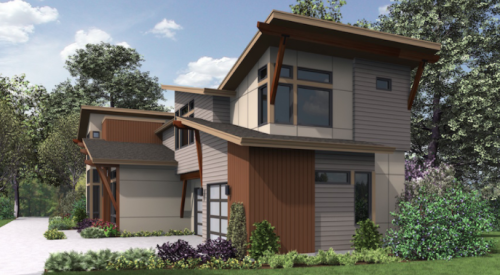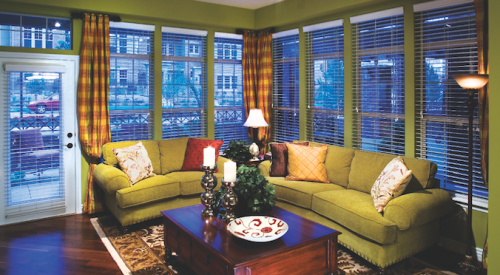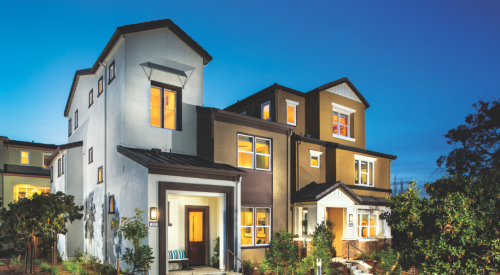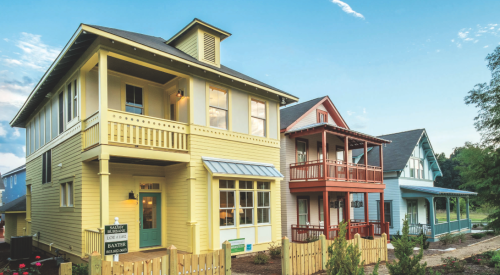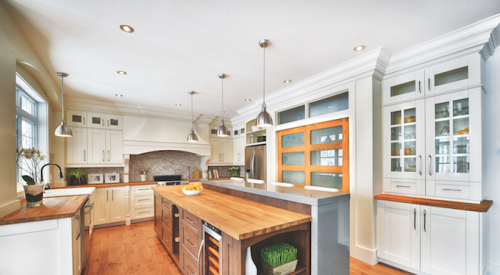|
Photo courtesy of Masterpiece Leaded Windows
|
|
Photo courtesy of Pittsburg Corning
|
As lots get smaller and densities higher, maintaining privacy in homes - some of which are just a few feet apart - escalates in importance.
"It starts with the site plan and architecture," says William H. Kreager, principal at Mithun Architects + Designers + Planners in Seattle. He recommends applying use easements. This legal agreement in the deed gives one homeowner the permanent use of his neighbor's side yard. Neighbor Two, then, has the use of his neighbor's yard, and so on, so that one side of each house has no side yard - and preferably no or few windows - and the other has its own side yard plus its neighbor's.
Make the most of the yard by building the house in a U shape around that side yard and have major rooms and windows open into it. This scheme makes the yard private but also protects views into the house, Kreager says.
Here are some other techniques to keep in mind:
- Clerestory windows let in light, but since they're up near the ceiling and generally small, neighbors can't see down and in. These work well in two-story spaces and on the master bed wall.
- Glass or acrylic block windows come in a variety of patterns and opacity. Some interesting, surprising uses include kitchen backsplashes (right), a column of light or other pattern on a stairway wall or surrounding the bathroom mirror for natural light where it counts.
- Decorative glass such as leaded glass (above) or stained glass make for a beautiful focal point in entry doors, transoms and sidelights; dining rooms and nooks; stair landings and above master tubs.
